Egyptian Museums
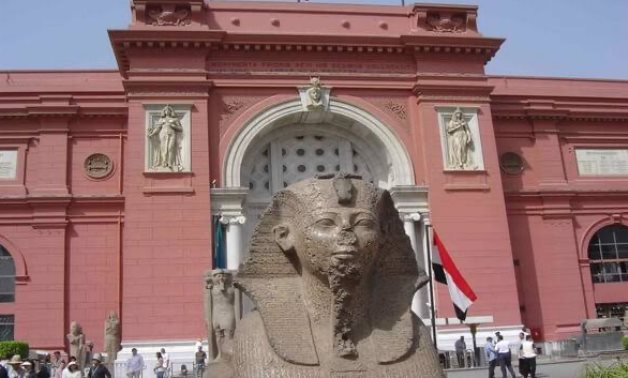
Free Entrance to all Museums Celebrating International Museum Day.
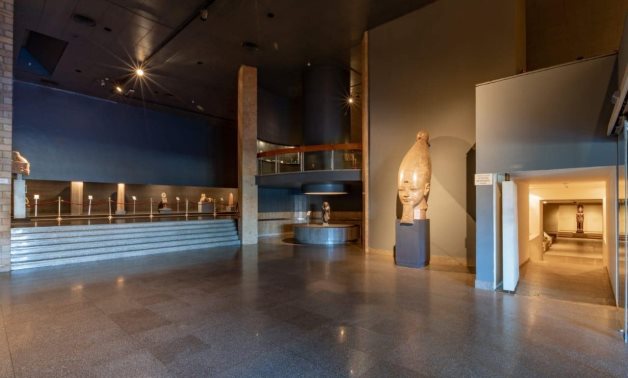
The museum will also present lectures that shed light on the history of its establishment and the distinguished archaeological treasures it displays.
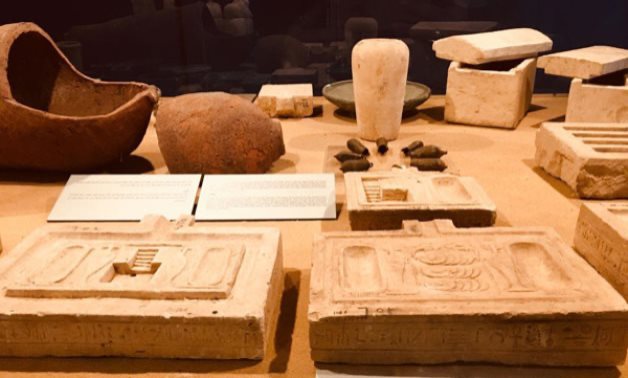
Tell Basta Museum is a site museum in Al-Sharqia Governorate that embraces magnificent archaeological treasures.
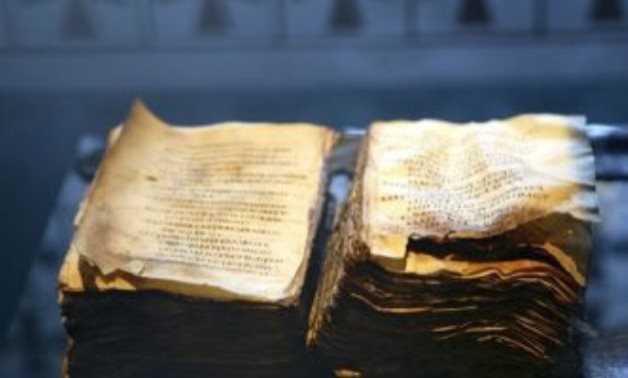
Egyptian museums contain millions of rare artifacts from various ancient Egyptian eras.
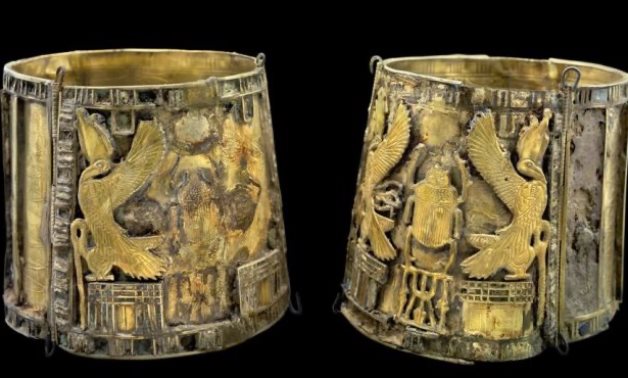
Egyptian museums houses a unique collection of artifacts.

Egypt’s Ministry of Tourism and Antiquities has launched an international promotional campaign to shed light on the exceptional services the country provides to attendees of the FIFA World Cup 2022 in Qatar.

Spain’s Queen Sofia de Grecia was received by CEO of the Museum’s Authority Ahmed Ghoneim.
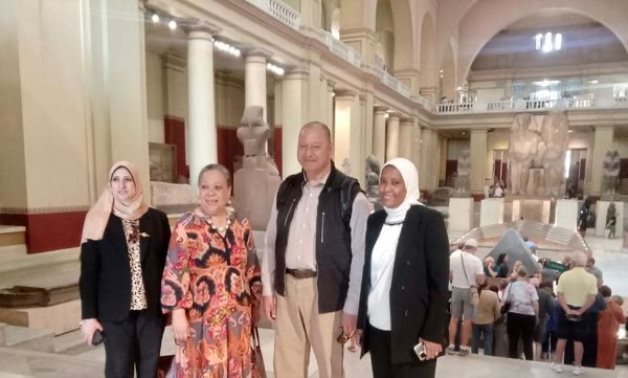
King Tupou VI, his wife and the accompanying delegation were accompanied on a tour inside the museum’s various halls.
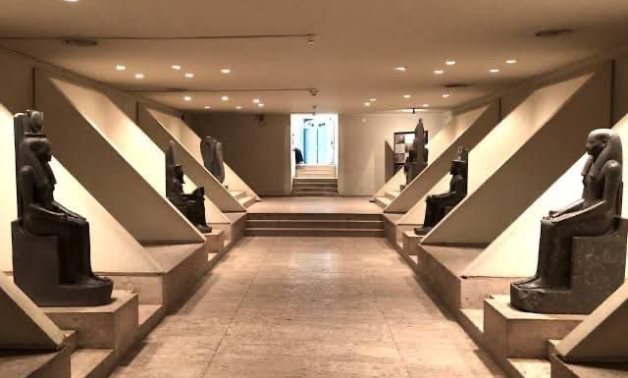
The development work of the library resumed for a year.
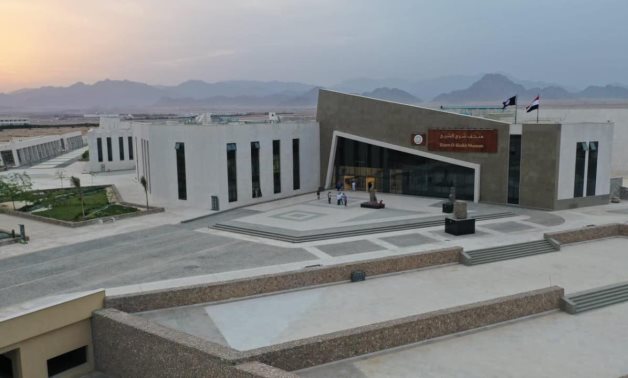
Both museums received their visitors free of charge.
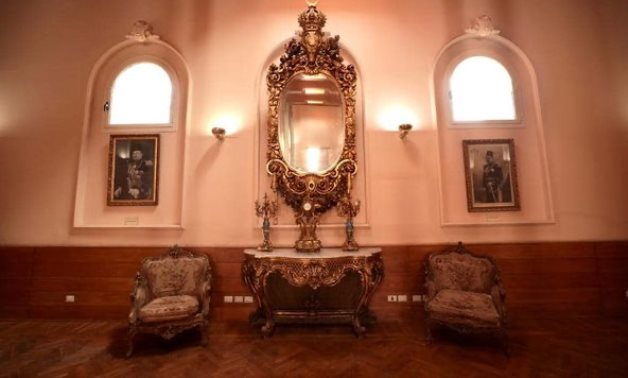
The Royal Chariots Museum is one of the rarest qualitative museums.
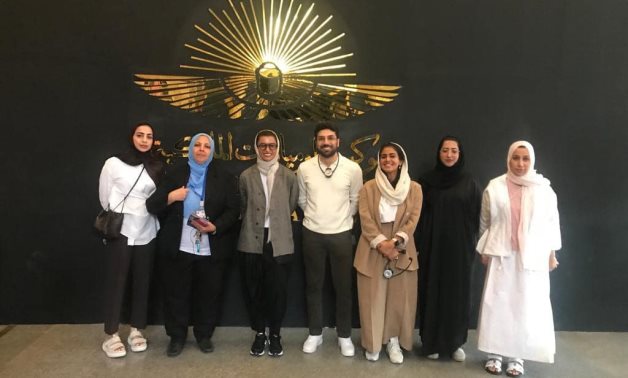
Kaabi expressed her happiness with this visit and her fascination with the museum's unique archaeological holdings.
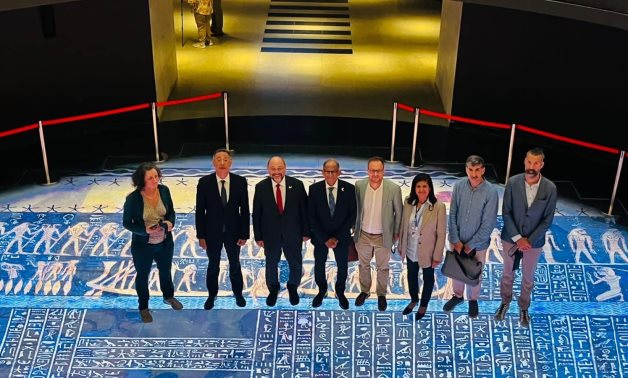
The German delegation was accompanied by Presidential Advisor for Engineering Projects Hany Helmy Azer.
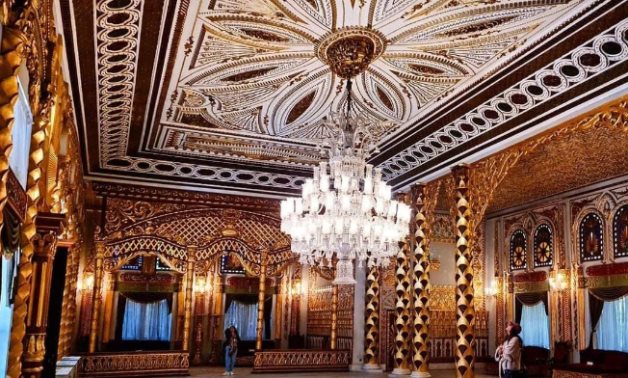
This comes in celebration of the 200th anniversary of deciphering the Rosetta Stone and the emergence of Egyptology.
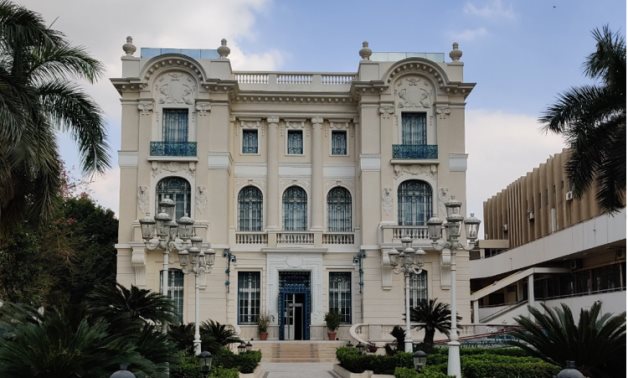
The restoration project was implemented under the supervision of the Engineering Authority of the Egyptian Armed Forces

The museum was inaugurated on September 28, 2016.
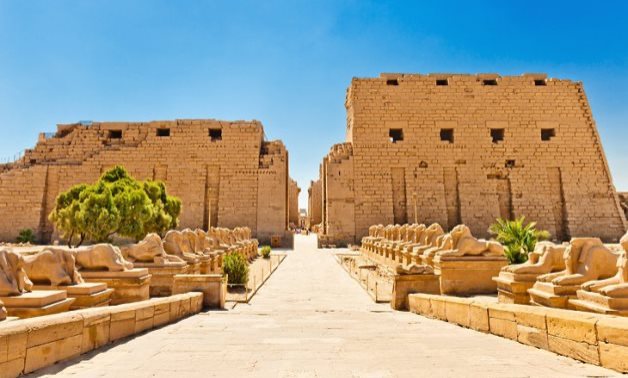
The decision comes in celebration of World Tourism Day and the 200th anniversary of the emergence of Egyptology.
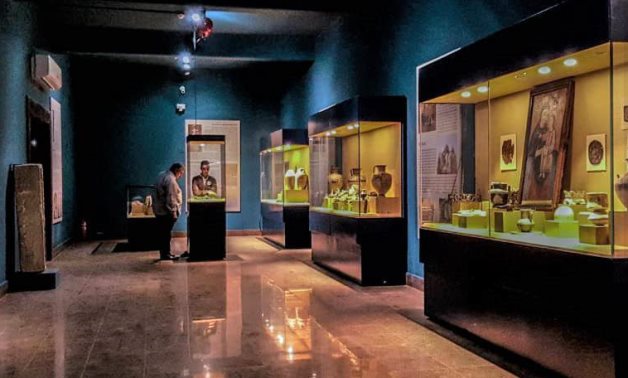
This decision comes in celebration of the museum’s 6th reopening anniversary.
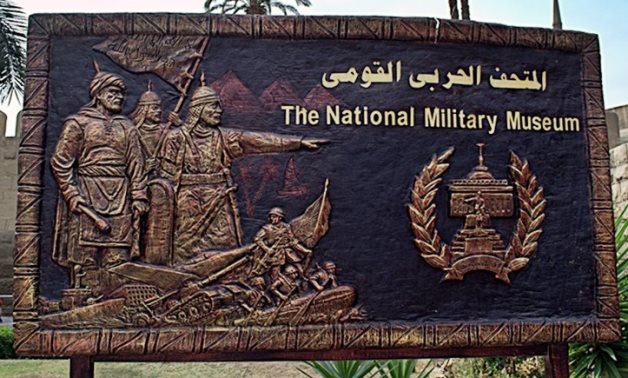
Egypt is an ancient country that experienced many events and fought great wars throughout its history.
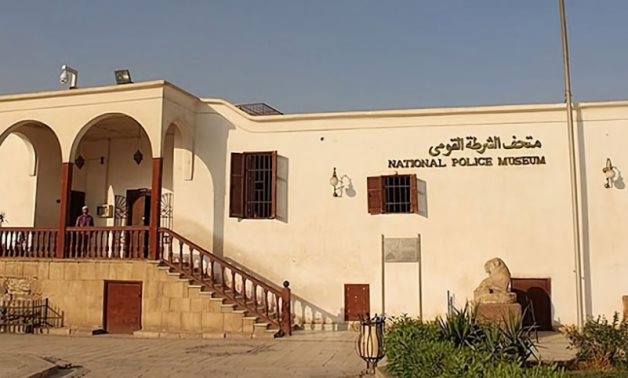
Egypt knew security early on, as civilizations are always closely tied with the availability of security